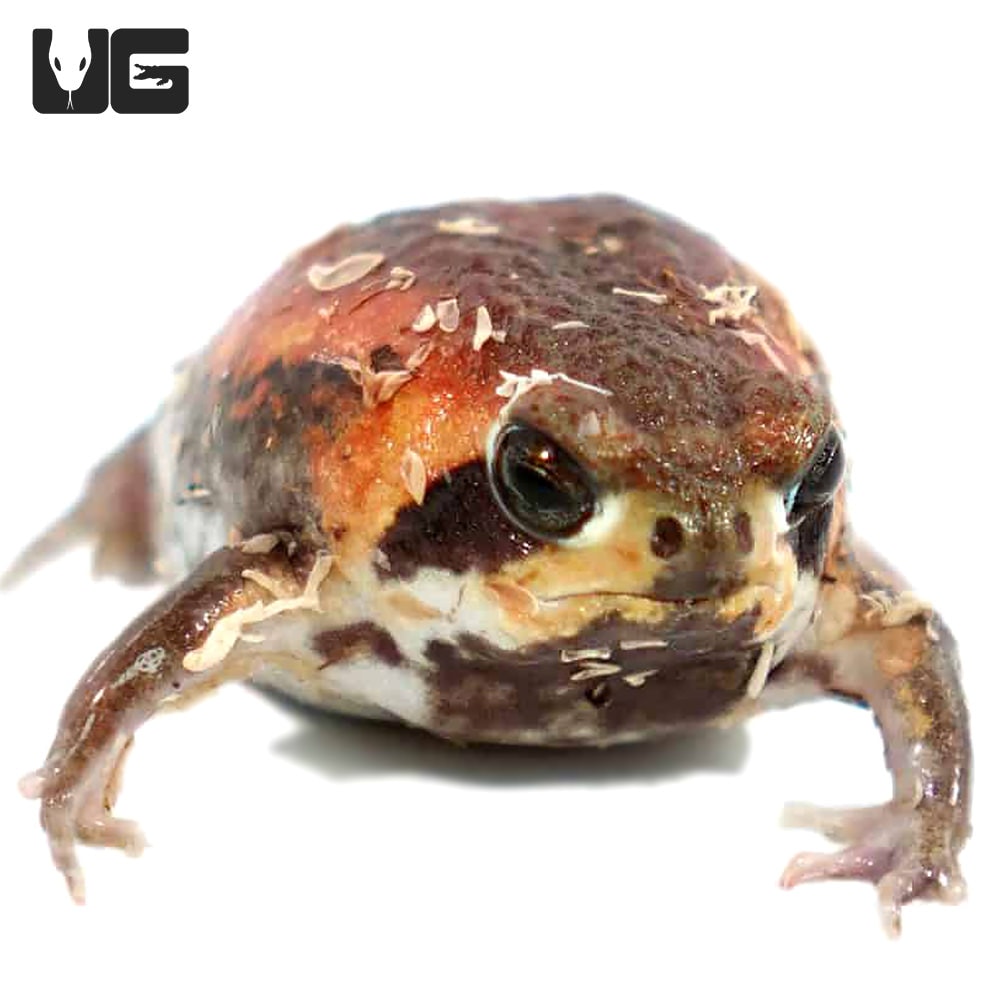Woodpeckers Unleashed: Checking Out the Wonders of These Knowledgeable Tree Mountain Climbers
Woodpeckers, with their unique markings and rhythmic drumming echoing with wooded locations, hold an one-of-a-kind place in the avian globe. Their specialized anatomy and adjustments enable them to browse upright surface areas with unrivaled ability. Their proficiency of tree climbing is just one element of their interesting habits. As we dig right into the complex details of woodpeckers' nesting routines, feeding techniques, and the recurring conservation efforts to secure these impressive birds, a much deeper appreciation for their location in nature unravels.
Makeup and Adaptations
When examining the composition and adjustments of woodpeckers, one can observe remarkable functions that make it possible for these birds to thrive in their specialized ecological specific niche. Woodpeckers are furnished with a suite of special physiological features that assist them in their woodpecking behavior. One of one of the most noticeable attributes is their solid, chisel-like beak, which is specialized for drilling into wood to discover bugs or produce nesting dental caries. This beak is sustained by solid neck muscular tissues and a highly developed skull structure that acts as a shock absorber, allowing woodpeckers to continuously eat trees without creating mind injury. Furthermore, woodpeckers have zygodactyl feet, with 2 toes dealing with onward and two facing backward, providing a firm grasp on tree trunks while they search for food or drum for communication.
Furthermore, woodpeckers have a distinct tongue structure that is long, barbed, and sticky, allowing them to draw out bugs from crevices in timber. This specific adjustment permits woodpeckers to manipulate a food resource that is unattainable to numerous various other bird types. In general, the makeup and adjustments of woodpeckers showcase the remarkable evolutionary remedies that have actually enabled these birds to thrive in their arboreal environment.
Drumming Actions
Having discovered the anatomy and adaptations of woodpeckers, the emphasis now changes to understanding their drumming behavior, a distinct element of their interaction and territorial screens. Drumming is a vital kind of communication amongst woodpeckers, serving numerous purposes such as developing regions, attracting friends, and signaling alarm. Each woodpecker types has an unique drumming pattern that assists individuals recognize participants of their own types and identify them from competitors or predators.
Woodpeckers produce drumming audios by rapidly pecking on resonant surface areas such as dead trees, energy poles, and even steel things, developing a collection of rhythmic beats. The strength and rate of drumming can differ based on the function; for example, a quick drumming sequence might indicate aggression in the direction of burglars, while a slower and softer drumming original site pattern could indicate courtship (Woodpeckers in Florida). In addition, woodpeckers might adjust the frequency and period of their drumming to share certain messages efficiently
Nesting Routines
Discovering the nesting habits of woodpeckers exposes interesting understandings into their reproductive habits and environment choices. Woodpeckers are known for their unique nesting choices, frequently digging deep into tooth cavities in trees to create sheltered areas for increasing their young. These dental caries offer not only as a nesting website however additionally as a safe and secure haven from killers and harsh climate.
Woodpeckers show a high degree of integrity to their nesting websites, commonly going back to the same area year after year. This actions highlights the significance of suitable habitat accessibility for their reproductive success. The choice of a nesting site is important for woodpeckers, with elements such as tree species, height, and degeneration stage playing considerable roles in their decision-making process.
Surprisingly, some woodpecker varieties are recognized to dig deep into several dental caries within their region, supplying themselves with different nesting choices. This strategy might work as a type of insurance policy versus prospective risks or disruptions to their primary nesting website.

Feeding Methods
Woodpeckers use a range of specialized feeding methods to acquire their primary food sources. One of the most unique feeding habits of woodpeckers is drumming, which entails rapid pecking on trees to uncover bugs underneath the bark. This drumming not only helps them find victim yet additionally acts as a method of communication with other woodpeckers. Woodpeckers have strong, chisel-like beaks that allow them to drill right into timber easily. When an opening is developed, they utilize their lengthy, barbed tongues to draw out pests such as ants, beetles, larvae, and spiders. These tongues are coated with sticky saliva that helps trap the prey. Woodpeckers are also recognized to dig deep into cavities in trees to access covert insect larvae or sap. Some types, like the acorn woodpecker, store nuts in particularly created holes called granaries. This critical saving of food aids them endure throughout food scarcity periods. Woodpeckers are truly company website remarkable in their feeding techniques, showcasing adaptability and knowledge in procuring their nutrition.
Conservation Efforts
In the imp source middle of the complex feeding methods exhibited by woodpeckers, the preservation initiatives focused on safeguarding these remarkable birds play a crucial duty in preserving their habitats and populaces. Woodpeckers deal with numerous dangers to their survival, including environment loss because of logging, climate adjustment modifying their environments, and collisions with synthetic structures such as structures and automobiles - Woodpeckers in Florida. Preservationists are actively functioning to attend to these difficulties and make sure the long-lasting well-being of woodpecker species

Education and learning and public recognition projects are likewise vital parts of woodpecker conservation efforts. By elevating recognition concerning the significance of these birds in keeping healthy and balanced forest ecosystems, preservationists can amass assistance for habitat preservation initiatives and advertise accountable land monitoring practices. Via collaborative initiatives between scientists, policymakers, and local areas, we can interact to protect a future where woodpeckers thrive in their all-natural environments.
Final Thought


